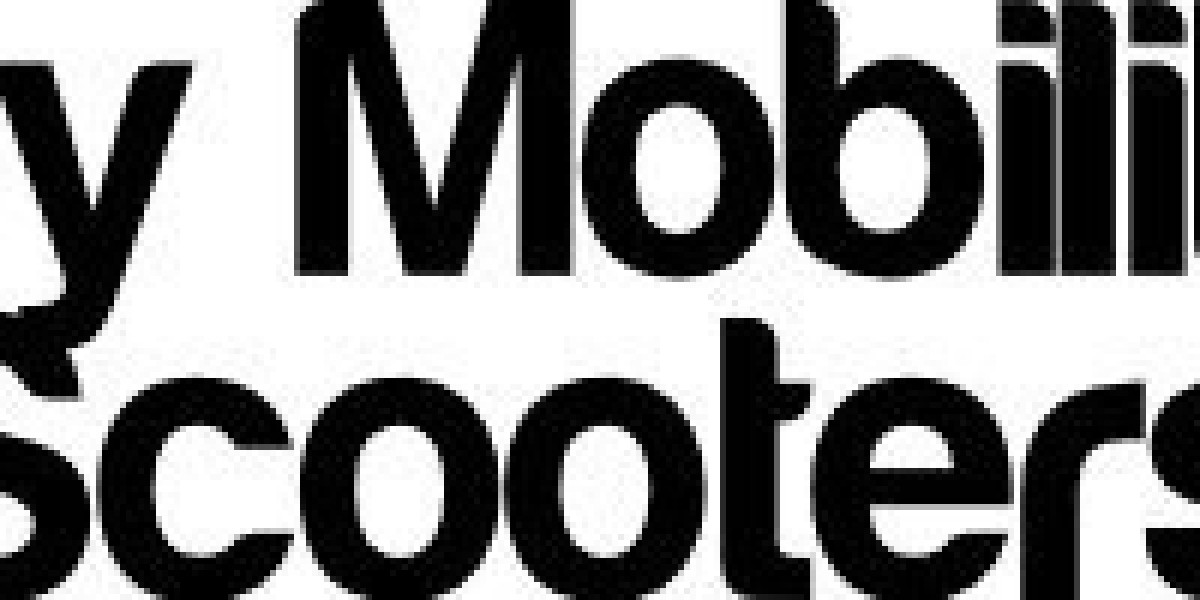Clothing is one of the few things every person on Earth has in common, yet it means something different to everyone. To some, it is simply a necessity—something that keeps the body safe from cold, heat, or harm. To others, clothing is a lifestyle choice, a creative outlet, or even a business opportunity. The world of clothing blends practicality, culture, and economics, making it one of the most influential industries in human history.
Why Clothing Matters
At its core, clothing plays three vital roles:
Protection: Clothing protects us from environmental factors like sun, rain, and wind. Specialized garments, such as firefighter suits or astronaut gear, take this role to an advanced level.
Identity: What we wear often communicates who we are, whether through uniforms, traditional attire, or personal style.
Confidence: The right outfit can transform how a person feels about themselves. It can make them feel stronger, more professional, or more comfortable in their skin.
A Journey Through History
The story of clothing is also the story of civilization. Early humans covered themselves with animal skins for survival. As societies developed, fabrics like cotton, silk, and wool brought variety and comfort. With time, clothing became tied to social order—royalty wore luxurious materials while common people dressed simply.
The invention of the sewing machine and the rise of industrialization changed clothing forever. Mass production made garments affordable and accessible to millions, paving the way for the fashion industry we know today.
The World of Fashion
While clothing began as a necessity, fashion turned it into an industry worth billions. Fashion is fast-moving, ever-changing, and deeply connected to social influences. Today, styles are often dictated by:
Celebrities and influencers who set new trends.
Globalization, which blends cultural designs from around the world.
Street culture, bringing casual wear to high-fashion runways.
The rise of fast fashion has made trendy clothes available at low prices, but it also raises serious concerns about waste, pollution, and unfair labor practices. This has fueled a counter-movement toward slow fashion, where quality, ethics, and sustainability are prioritized.
Clothing in Everyday Life
Clothing choices vary depending on context:
Workplace: Professional attire such as suits or uniforms.
Casual: Comfortable clothes like jeans, hoodies, and sneakers.
Activewear: Sportswear designed for movement and performance.
Special Occasions: Elegant dresses, suits, and gowns for events.
Cultural Wear: Traditional clothing that preserves heritage and identity.
This versatility makes clothing one of the few products that truly touches every part of human life.
The Business Side of Clothing
Clothing is not just about personal expression—it is also big business. The global clothing industry employs millions of workers, from cotton farmers to designers, factory workers, retailers, and online sellers. E-commerce has revolutionized shopping, with many consumers preferring to buy clothing online rather than in stores.
New opportunities are emerging in areas like:
Sustainable fabrics such as organic cotton and bamboo.
Second-hand markets and thrift stores.
Digital fashion, where clothing exists only in virtual worlds.
These shifts show that the clothing industry is as dynamic as fashion itself.
The Future of Clothing
The future promises exciting innovations. We may soon wear clothes that charge our phones, monitor our health, or adjust to temperature changes automatically. Meanwhile, cultural exchange and technology will continue to blur the lines between tradition and modernity.
At the same time, sustainability will remain a central focus. Eco-conscious consumers are demanding transparency about where and how clothes are made. Brands that embrace ethical production and environmental responsibility will lead the way forward.
Conclusion
Clothing is far more than fabric stitched together. It is a reflection of who we are, a link to where we come from, and a tool for where we are going. Whether you see it as a necessity, a passion, or a business, clothing shapes everyday life in ways we often take for granted. As the industry evolves, it will continue to balance function, fashion, and sustainability—proving that clothing is one of the most powerful forms of human expression.








